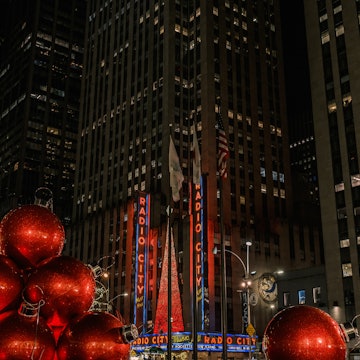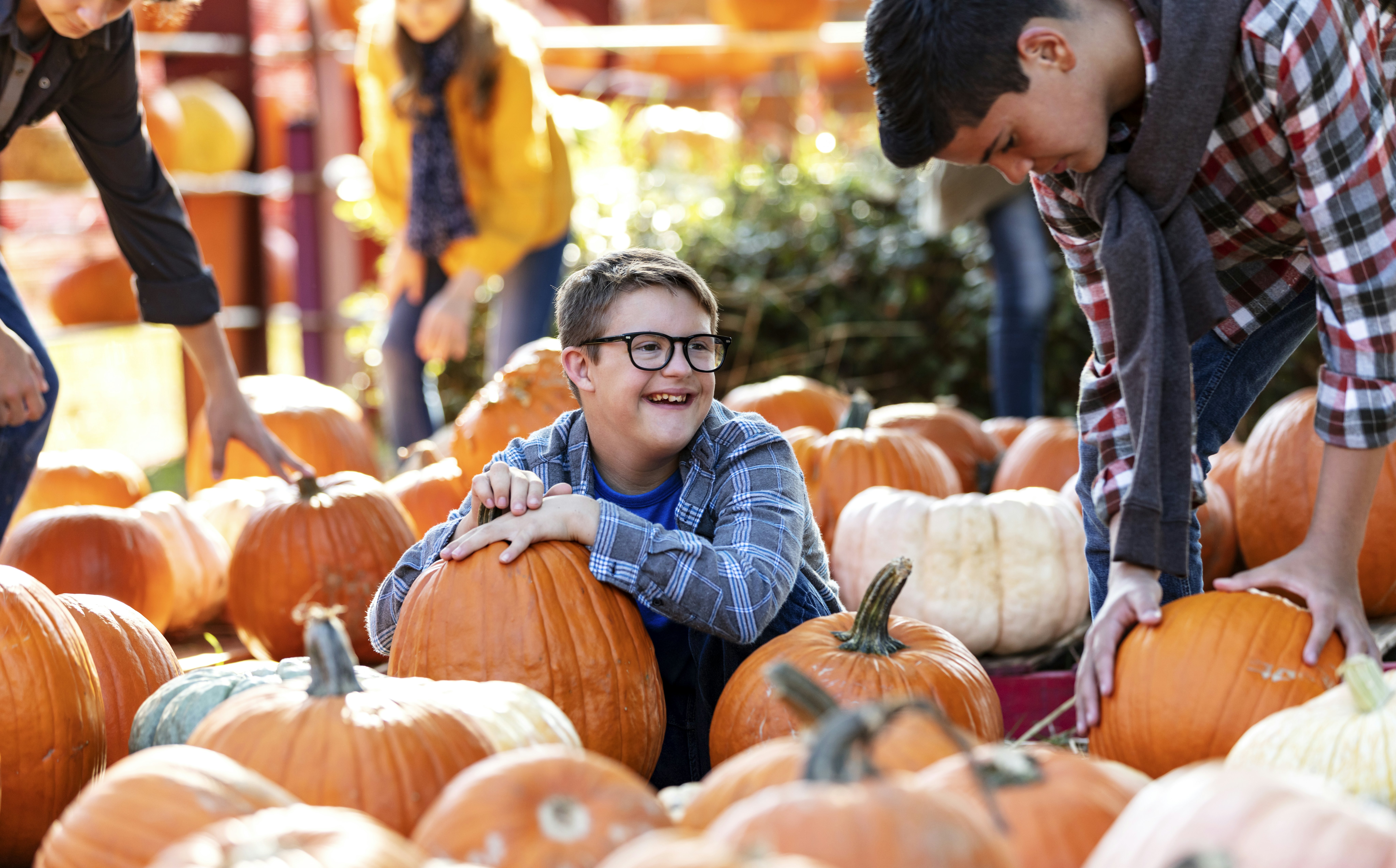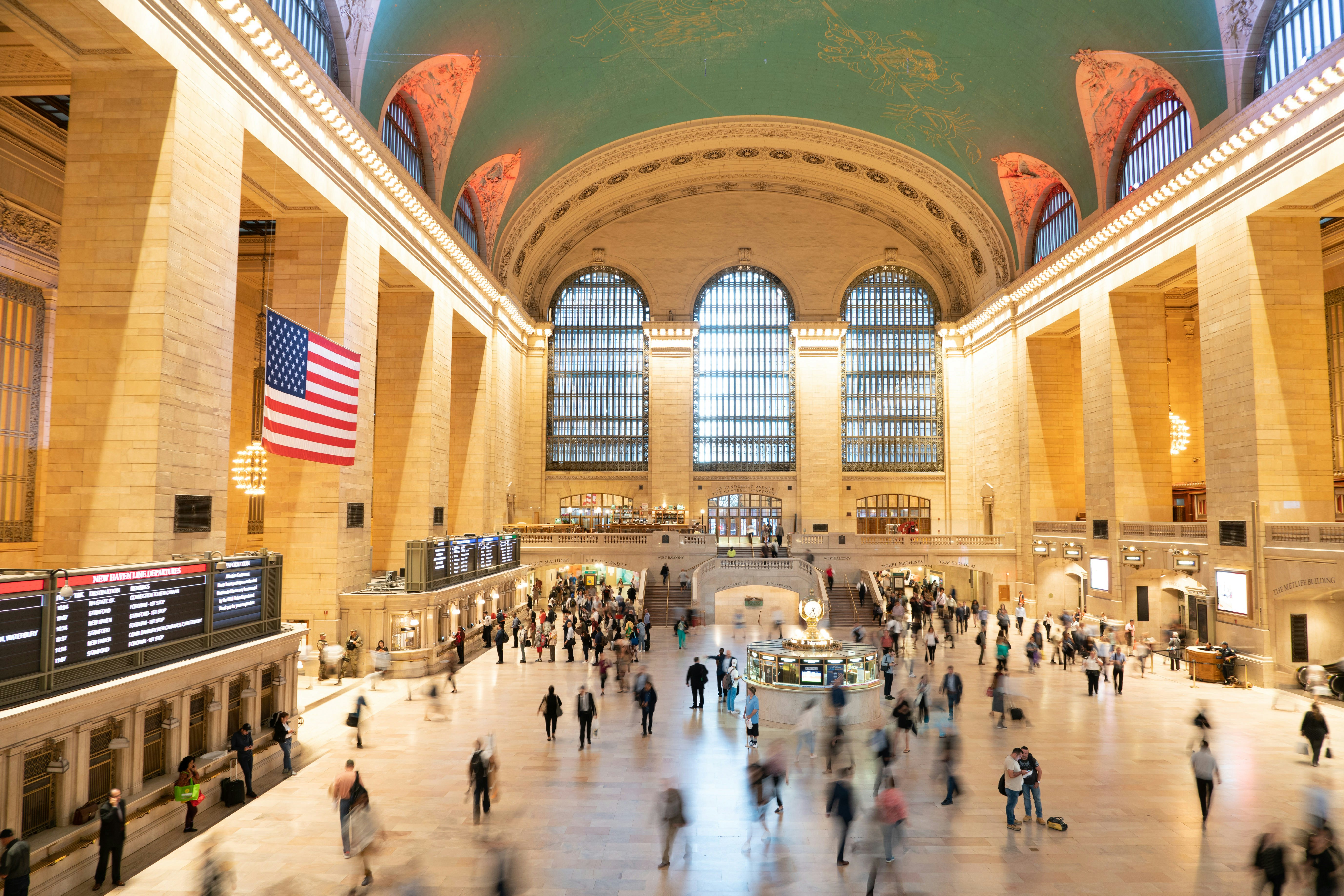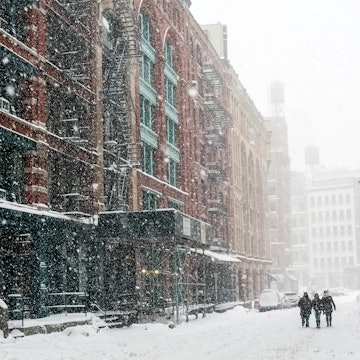

Read this local guide on where to go and what not to do before you visit New York State @ Boogich / Getty Images
After 18 years of living in New York State, I’ve learned quite a bit about the country’s fourth-most populous state. From where to go and what to do, to what to eat and how to get around, here are some tips from a local on how to make the most of your visit to the Empire State.
1. Understand that New York State is NOT New York City.
If there is only one thing you take away from this article, it should be that New York State is not the same as New York City. This is especially important to residents outside of New York City, such as those in the Catskills, Western, and “Upstate” New York areas. New York State is extremely diverse in terms of population, politics, geography, and gastronomy, so don’t equate the city with the state, and do yourself a favor and see as much as possible.
2. What exactly is Upstate New York?
That depends entirely on who you ask and New York State residents will probably never stop battling about where exactly “Upstate” starts. It’s essentially a loosely defined area that begins somewhere above Westchester County (the county immediately north of New York City) and the Adirondacks. For anyone who’s spent time in the Midwest, “going Upstate'' is kind of like “going up north.”

3. Hit the trails
With over 180 state parks, 150 mountain biking trails, and 700 shared-use and single-use trails, New York State was made for adventurers. The 750-mile Empire State Trail is a recently built trail that begins in Lower Manhattan, runs north to Albany, then splits west to Buffalo and north to Rouses Point, right on the Canadian border. You can cycle the 360-mile Erie Canalway, hike the 46 high peaks in the Adirondacks (the largest publicly protected area in the contiguous United States), or visit the Autism Nature Trail – the first of its kind in the country.
4. Pack a warm coat and a swimsuit
As a large and diverse state, you’ll find plenty to do at any time of year. In summer, go swimming along Long Island’s beaches, bike up the Hudson River and go boating in Thousand Islands. Come winter, it’s time for seasonal adventures like snowmobiling, snow-tubing, and skiing on more than fifty downhill and cross-country ski trails. Hiking (which is especially great during fall foliage season), brewery hopping, and museum visits are available year-round so it’s impossible to run out of things to do.

5. Bring cash
While most businesses do accept credit cards around the state, small street vendors (such as hotdog or pretzel carts in New York City) may only take cash. The same applies if you’re traveling through small towns and rural areas, where you’ll encounter farm stands offering locally-produced goodies like cheese, milk, jam, honey, wine, maple syrup, and fresh fruit and vegetables. Some of these stands only accept cash because, instead of a person receiving your payment, there might only be a small honesty box for you to slip money inside. Speaking of farm-fresh goodies, should you visit in the fall you may want to try seasonal activities like apple picking or pumpkin picking.
6. Try different foods in different regions
When in Rochester, try their signature Garbage Plate and when in Buffalo, the world capital of chicken wings, eat your way along the Buffalo Wing Trail. Dig into signature sandwiches like the pastrami on rye in New York City, the Beef on Weck in and around Buffalo, and Spiedies (pronounced “speedies”) in Binghamton. If you’re heading out to Long Island, order oysters and visit some of the many wineries. Speaking of wineries, New York State is the third largest producer of wine in the U.S. so you’ll find loads of wineries and cideries along the North Fork of Long Island and also in the Hudson Valley and beyond.

7. You don’t need a car to get around New York State (but it helps)
The five-borough subway system and extensive bus routes that make up New York City Transit are world-famous for their (fairly) reliable, 24-hour service, but you can actually catch public transportation all over the state. Hop the Long Island Railroad (LIRR) to head out to Long Island, the Metro-North Railroad to get you to Upstate New York and Connecticut, and Amtrak to get you pretty much anywhere else in the country. Greyhound, Bolt, Megabus, Peter Pan and numerous other bus companies also run routes from New York City to all over the country.
All that aside, having your own wheels gives you flexibility and means you’ll be able to book accommodations that aren’t only bus or train accessible.
8. You may (or may not) be able to turn right on red
Renting a car in New York State is usually unnecessary unless you want to visit some of the hard-to-reach State Parks or tiny towns that aren’t accessible by train or bus. If you do wind up driving, there is one important thing you should know. In most of the state, drivers can turn right on a red light unless otherwise specified but the opposite is true in New York City, where turning right at a red light is illegal unless otherwise specified (and it’s rarely specified). Unfortunately, there isn’t really any signage telling you this; you’re just supposed to know. When in doubt, wait at the red light, and if a right turn is actually legal where you are, the person behind you will surely honk their horn to let you know.

9. Never eat pizza with a knife and fork
Okay, so this is mostly a New York City thing, but the practice is generally frowned upon. Grab your slice by both ends of the crust and fold it in half to prevent the cheese from falling out. Well, that’s the traditional way to eat a New York slice but feel free to do your own thing...just as long as it doesn’t involve a fork and knife.
10. Much of New York is accessibility friendly
Travelers with disabilities should check out the Accessible New York guide which provides lots of helpful information. Among other things, the state provides details for where to find adaptive skiing, how to travel from Niagara Falls to New York City in a wheelchair, and lists museums that offer ASL tours for deaf visitors and tactile tours for people who are blind or low-vision.

11. Soak up the history and heritage
New York State is home to countless historical sites that kicked off huge global movements, such as the Stonewall Inn in New York City’s West Village neighborhood, considered to be the birthplace of the modern LGBTQIA+ rights movement. Seneca Falls, in Western New York, gave birth to the US women’s fight for suffrage and is home to the Women’s National Hall of Fame. In nearby Rochester, you’ll find the Susan B. Anthony House. In nearby Auburn, you’ll also find the Harriet Tubman Home, where the groundbreaking abolitionist lived, and in Lake Placid (in the Adirondacks), you can tour the farm and historic site dedicated to the abolitionist John Brown.
12. Political polarization is real
Contrasting political views are commonplace across the United States, but because New York City is so liberal, some visitors (wrongly) assume the rest of the state is as well. While many New York State conservatives are not quite as conservative as those you’ll find in the South and Midwest, they’re far from liberal. You’re almost guaranteed to see pro-conservative political signs around Long Island and in Upstate New York, where you’ll also find a strong hunting and pro-gun culture. While chatting about politics can be an interesting way to learn about local sentiment and values, know that emotions can run high on either side of the political divide and you should never assume someone’s views just by looking at them.
















